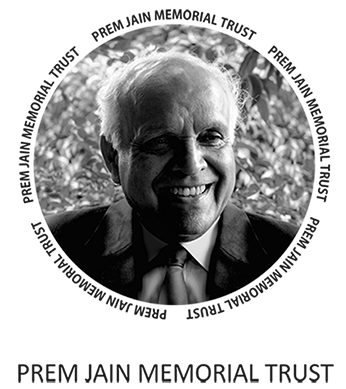
LIVING BUILDING
SERIES
Near Zero Buildings: The Big Picture Envelope and Beyond the Envelope
Reference Reading
Thursday, 16th April 10:30am - 12:30pm.
The Program schedule for the webinar:
10:15am-10:30am : Log in and Registration
10:30am-10:35am : Ashish Rakheja i An Introduction to the Dialogue of the Day
10:35am-11:20am : Hariharan Chandra - The Big Picture: Envelope & Beyond the Envelope
11:20am-12:30 pm : Both Presenters - Q/A by experts
All Students are requested to read this and closely study the lins that have been offered here.The Four questions at end of this material have to be answered. Please read guidance with your Faculty Heads
Reference Reading 01.
Conting parameters for Building
Every owner wants a cost-effective building. But what does this mean in mortar the in interpretation is influenced by an individual's interests and objectives, and how they definent effective".
- Is it the lowest first-cost structure that meets the program
- Is it the design with the lowest operating and maintenance costs?
- Is it the building with the longest life span?
- Is it the facility in which users is most productive?
- Is it the building that offers the greatest return on investment?
While an economically efficient project is thely to have one or more of these attributes it is impossible to summarize cost-effectiveness by a single parameter? Determining true cost- effectiveness requires a life-cycle perspective where all costs and benefits of a given project are evaluated and compared over its eco nomic life.
Building envelope design elements made to this apartment building, TZed Homes in Bangalore, resulted in significant energy savings and supported the poybod analysis and results,

For more information on this project, see the case studys
https://smartnet.niua.org/sites/default/files/resources/Doc 2_Green and Resilient Homes.pdf
https://www.teriin.org/sites/default/files/2018-02/2014BG02%20HUDCO.pdf
Reference Reading 02.
A building design is deemed to be cost-effective if it results in benefits equal to those of alterna- tive designs and has a lower whole life cost, or total cost of ownership. For example, the HVAC system alternative that satisfies the heating and cooling requirements of a building at the mini mum whole life cost, is the cost-effective HVAC system of choice. Components of the whole life cost include the initial design and construction cost, on-going operations and maintenance, parts replacement, disposal cost or salvage value, ing. The government has a few mandates through urban local bodies that define goals with the expectation that they be achieved cost-effectively.
The challenge is often how to determine true costs and true benefits of alternative decisions. For example, what is the economic value in electric lighting savings and productivity increases of providing daylight to workplace environments? Or, what is the value of saving historic structures? Alternately, what is the cost of a photovoltaic system (PV), given that it may replace a conventional roof?
The following three overarching principles asociated with ensuring cost-effective construction re-flect the need to accurately define costs, benefits, and basic economic assumptions.
- Utilize Cost and Value Engineering Throughout the Project Life Cycle
As most projects are authorized/funded without a means of increasing budget, it is essential that the project requirements are set by considering life-cycle costs. This will ensure that the budget supports any first-cost premium that a life-cycle cost-effective alternative may incur. Once a budget has been established, it is essential to continually test the viability of its or sumptions by employing cost management throughout the design and development process. An aspect of cost management is a cost control practice called Value Engineering (VE). VE is a systematic evaluation procedure directed at analyzing the function of materials, systems, processes, and building equipment for the purpose of achieving maximum value for the end customer at the least cost to the project. - Use Economic Analysis to Evaluate Design Alternatives
In addition to capital costs, investment decisions typically include projected cost impacts of energy use, operation and maintenance and future system replacements. At the beginning of each project, establish what economic tools and models will be used to evaluate these build ing investment parameters. The methodologies will typically offer comparisons of total life cycle costs and measures of cost-effectiveness, Savings-to-Investment Ratios, Internal Rate of Return, and Payback. - Consider Non-Monetary Benefits such as Aesthetics, Historic Preservation, Security, Safety, Resiliency, and Sustainability
How do you place a rupee value on all aspects of a design to generate final results? It is diffi cult to accurately value certain non-monetary building attributes such as energy security. The objective is to determine costs and benefits of design alternatives to facilitate informed deci sion-making. Costs can be more readily quantified than benefits because they normally have costs attached. Benefits are difficult because they often tend to have more intangibles.
Questions for Students to answer
1. What are systems TZed Homes has for waste water management?
2. What are approaches TZed Homes utilised for responsible disposal of construction waste?
3. What are salient features of water supply management in ZED Developments?
4. What is the approach to design that TZed has taken in the project?
Kindly submit yours Answers by 30th April EOD on
https://docs.google.com/forms/d/e/1FAIpQLSdOoqpakFZ0rSlqchHe8eMIqYb30NwlamPEWAaFYt-fDEgEOw/viewform



